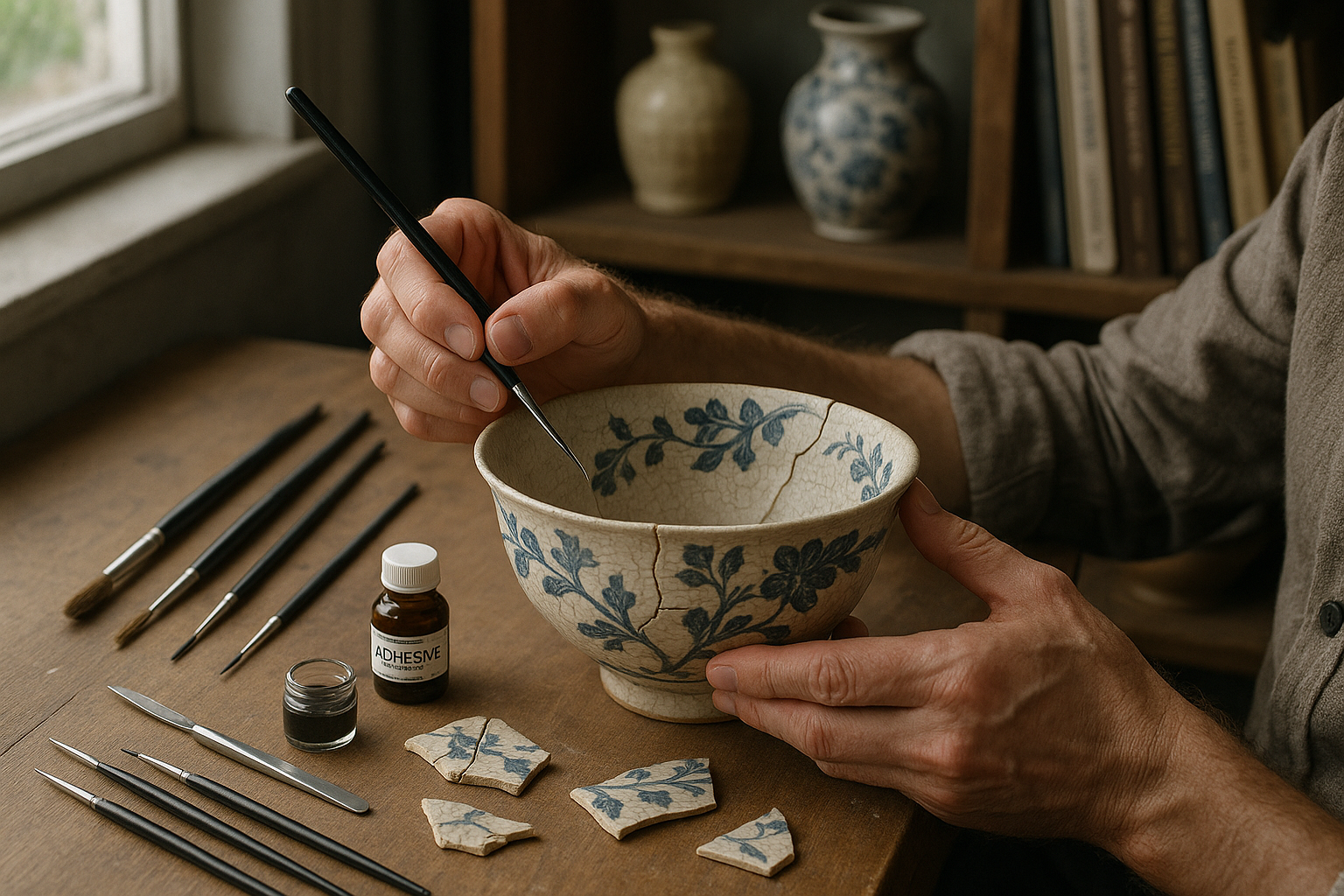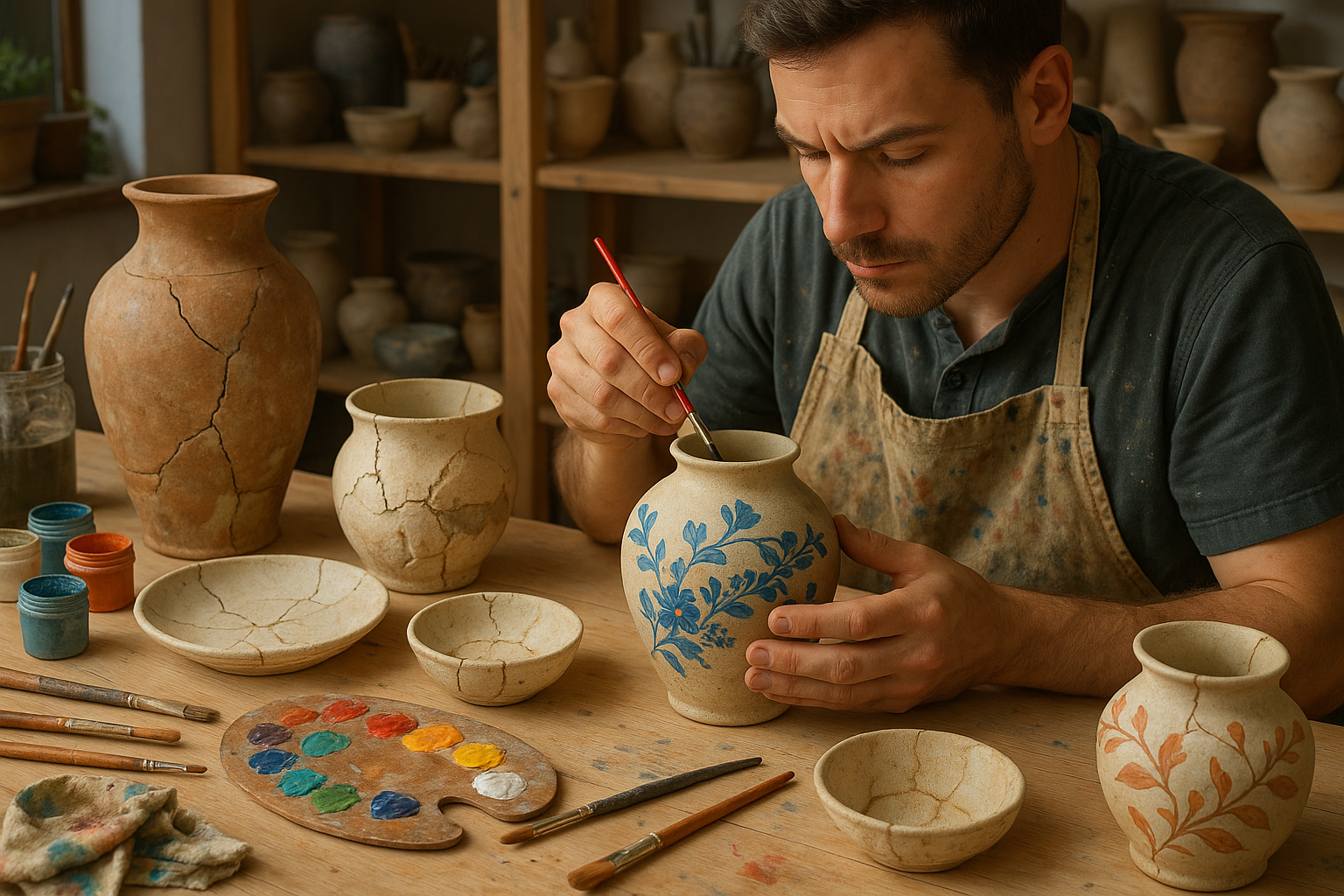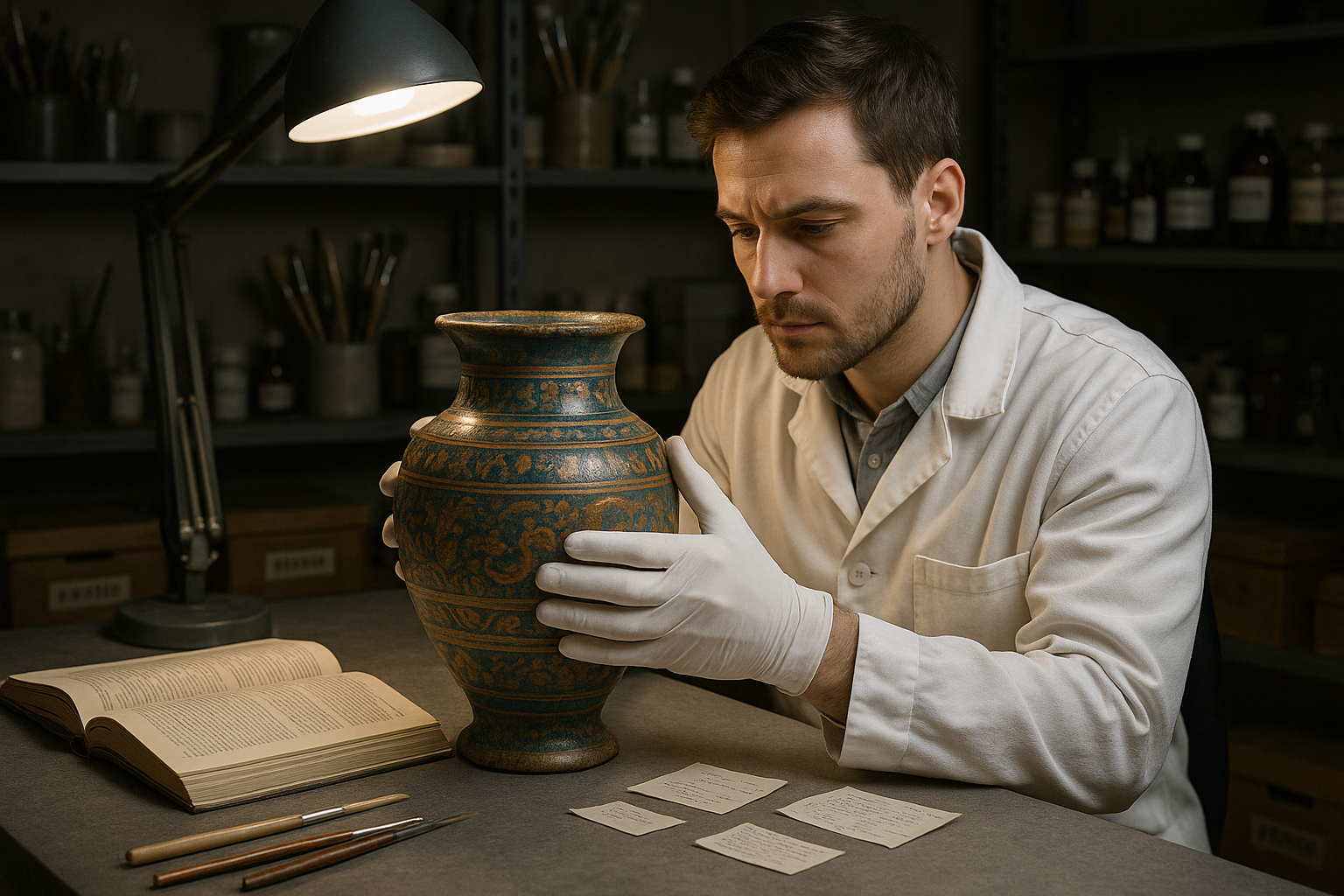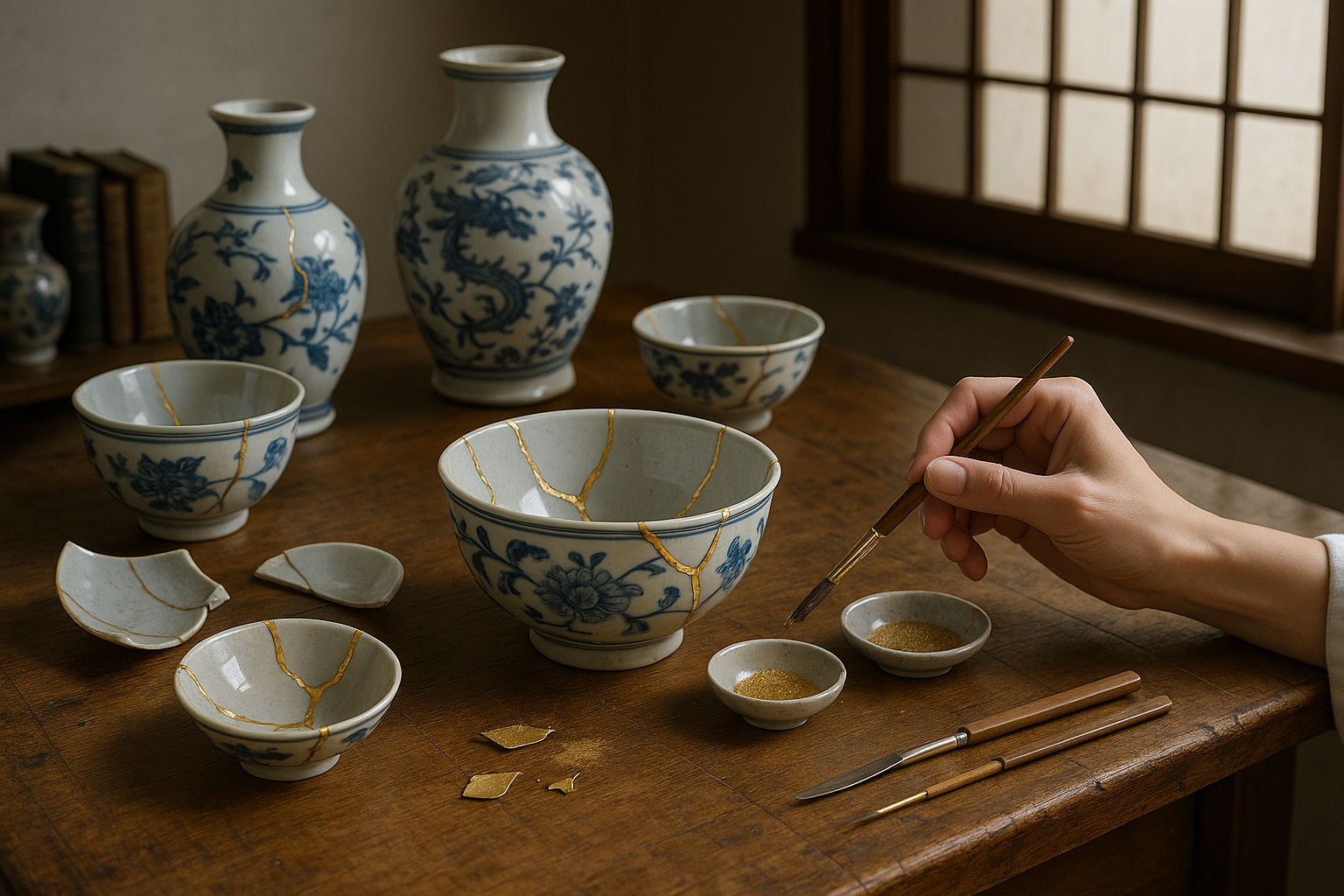In a world where design trends come and go with the seasons, the quest for timeless beauty remains a constant. There’s an undeniable allure in creating spaces that transcend fleeting fashions, capturing a sense of elegance and permanence. One way to achieve this is by unlocking the secrets of historic wood species matching. 🌳✨ Whether you’re a seasoned interior designer, a woodworking enthusiast, or a homeowner seeking to imbue your living space with a touch of classic charm, understanding the art of harmonizing different wood species is a valuable skill.
The journey into the world of historic wood species matching is like stepping into a grand library of nature’s finest creations. Each type of wood has a unique story to tell, etched in its grain, color, and texture. From the stately oak that has graced royal residences for centuries to the rich mahogany favored in fine furniture, the choice of wood can transform a design from ordinary to extraordinary.
As we embark on this exploration, let’s consider what makes a design truly timeless. It’s about creating a narrative within a space, where every element speaks to a cohesive theme. The interplay of wood tones and textures can evoke emotions, recall memories, and even influence the ambiance of a room. By thoughtfully selecting and combining historic wood species, you can craft interiors that whisper tales of tradition while embracing modern sensibilities.
The Essence of Historic Wood Species
At the heart of this craft lies a deep appreciation for the intrinsic qualities of different woods. Each species boasts its own set of characteristics, from the durability of teak to the fine-grained beauty of cherry. These properties not only affect the aesthetics but also the functionality of the finished product. Understanding these nuances is crucial for anyone looking to elevate their design projects.
For instance, consider the warm, golden hues of walnut. Its luxurious appearance can add depth and richness to a room, making it an ideal choice for creating focal points. On the other hand, the pale elegance of maple provides a serene backdrop, perfect for spaces aiming for a lighter, airier feel. By learning to recognize these attributes, you can unlock the potential of wood to enhance your design vision.
The Art of Matching and Contrasting
Matching wood species is more than just a visual exercise; it’s an art form that requires a keen eye and a thoughtful approach. The key lies in balancing harmony and contrast. When done correctly, matching different woods can create a symphony of tones that elevate a space, while contrasting woods can introduce dynamic visual interest. 🖌️
Imagine a living room where the deep, rich tones of mahogany are offset by the lighter, more playful grains of ash. This juxtaposition not only highlights the individual beauty of each species but also brings a sense of balance to the space. Similarly, pairing the bold, textured grain of oak with the smooth, subtle finish of cherry can create a captivating dialogue between elements.
Incorporating Historic Wood Species in Modern Design
One might wonder how historic wood species fit into contemporary design aesthetics. The answer lies in their versatility and timeless appeal. By integrating these classic elements into modern settings, you can achieve a design that respects the past while embracing the future. This fusion is particularly effective in creating spaces that feel both comfortable and sophisticated.
Consider using reclaimed wood to introduce a sense of history and sustainability to your projects. Reclaimed timber not only adds character but also aligns with eco-friendly design principles. By repurposing wood with a storied past, you contribute to a design narrative that honors tradition and innovation. 🌱
In conclusion, the art of historic wood species matching offers a pathway to creating spaces that exude timeless elegance. By understanding the unique characteristics of different woods, mastering the art of matching and contrasting, and seamlessly incorporating these elements into modern designs, you can transform any space into a haven of beauty and sophistication. As we delve deeper into this topic, we will explore practical tips, inspirational examples, and expert insights to guide you in your design journey.
Get ready to unlock the timeless beauty of historic wood species matching, and let your designs stand the test of time. 🕰️

Conclusion
In wrapping up our exploration of the art of historic wood species matching, it’s clear that this practice is not just about preserving the past, but also about crafting a future where elegance and timelessness remain at the forefront of design. Throughout this article, we’ve delved into the unique characteristics and stories embedded within various wood species. We’ve seen how these elements contribute to creating spaces that resonate with history and aesthetic sophistication.
Understanding and mastering the skill of wood species matching allows designers, architects, and enthusiasts alike to create environments that are both visually stunning and deeply meaningful. Whether you’re restoring an old building or infusing a modern space with a touch of classic charm, the ability to match wood species thoughtfully can make a world of difference.
The importance of this practice goes beyond mere aesthetics. It’s about honoring the craftsmanship of the past and ensuring that the beauty of natural materials continues to enhance our lives. By choosing the right wood species, we are participating in a tradition of sustainability and reverence for the environment, acknowledging the life cycle of these magnificent materials. 🌳
We encourage you to take the insights shared here and apply them to your own projects. Whether you’re a professional in the field or a passionate DIY enthusiast, understanding the nuances of wood can transform your approach to design. Engage with the beauty of historic wood species and let your creativity flourish.
Finally, we invite you to share your thoughts, experiences, or projects in the comments below. Let’s continue the conversation and inspire one another to appreciate and utilize the timeless elegance of wood in our designs. Feel free to share this article with friends and colleagues who might also find inspiration in the timeless beauty of wood species matching.
Thank you for joining us on this journey of discovery. May your designs be ever inspired by the rich history and natural elegance of wood. 🌟
Feel free to adjust the content to better match your article’s specific details and tone.
Toni Santos is a restoration artist and historical design specialist devoted to reviving the beauty and soul of the past. Through meticulous craftsmanship and a deep respect for heritage, Toni brings antiques back to life—preserving not just objects, but the stories they carry through time. With hands trained in traditional restoration techniques and an eye for age-worn elegance, Toni restores furniture, artworks, artifacts, and heirlooms with precision and reverence. His work reflects a belief that restoration is not correction—it’s conversation between the old and the present. Blending artistry, conservation ethics, and historical research, Toni approaches every piece as a narrative in wood, metal, leather, or fabric—each with scars that speak of eras gone by. Whether repairing a hand-carved chair or reviving a forgotten painting’s vibrance, he respects the integrity of original craftsmanship while honoring its continued life. As the creative force behind Vizovex, Toni shares before-and-after showcases, restoration walkthroughs, and visual essays exploring the techniques and philosophies behind authentic antique revival. His platform celebrates: The timeless value of handcrafted work The quiet artistry of repair and preservation The cultural memory embedded in material objects The delicate balance between age and renewal For collectors, curators, artisans, and lovers of legacy, Toni’s world is an invitation to see restoration not as fixing what’s broken—but as restoring what still lives beneath the dust of time.




